Puff Adder Snake
- December 17, 2023
- 0 comment
The Puff Adder, scientifically known as Bitis arietans, is a venomous snake found predominantly in the savannas and grasslands of Africa. Renowned for its aggressive nature and potent venom, the Puff Adder is a member of the Viperidae family, characterised by its stout build and distinctive, upturned snout. With a broad triangular head and a set of formidable fangs capable of delivering a substantial amount of toxicity venom, this snake poses a significant threat to both humans and other animals.

Its name is derived from its defensive behaviour of inflating its body and hissing loudly when feeling threatened, creating an imposing appearance. The Puff Adder is primarily a ground-dwelling snake, adept at camouflage, which allows it to blend seamlessly with its surroundings. Despite its often sluggish movements, the Puff Adder is responsible for a considerable number of snakebite fatalities in Africa, making it one of the continent’s most notorious and dangerous reptiles.
| Characteristic | Description |
|---|---|
| Scientific Name | Bitis arietans |
| Family | Viperidae |
| Habitat | Savannas, grasslands, and wooded areas in Africa |
| Length | Up to 1.2 to 1.8 meters (3.9 to 5.9 feet) |
| Weight | Typically around 6 kg (13.2 lbs) |
| Venom | Highly cytotoxic |
| Fangs | Long, hinged, and capable of folding |
| Venom Delivery | Solenoglyphous (hinged fangs) |
| Defensive Behaviour | Inflates body and hisses when threatened |
| Camouflage | Well-adapted for blending into surroundings |
| Nature | Nocturnal, ambush predator |
| Distribution | Widely distributed in sub-Saharan Africa |
| Threat Level | Considered one of Africa’s most dangerous snakes |
Venomous or Not Venomous?
A central question surrounding the Puff Adder is its venomous nature. Unveiling the reality, the snake possesses long, hinged fangs and toxicity venom, marking it as a highly venomous species. Understanding the intricacies of its venomous tendencies fosters a deeper respect for the delicate balance between predator and prey in the natural world.
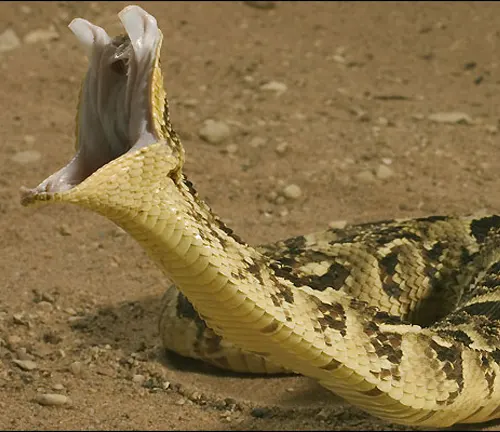
Ecological Importance
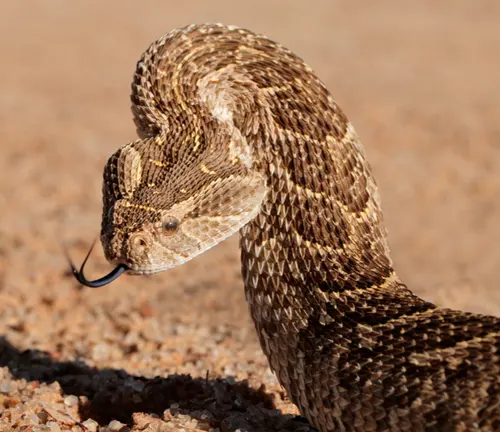
Within the intricate tapestry of sub-Saharan ecosystems, the Puff Adder plays a vital role in maintaining balance. As an ambush predator, it contributes to the control of rodent populations, exemplifying the interconnections of species in the delicate dance of nature.
Habitat
Adaptability is a hallmark of the Puff Adder’s existence, with a range that spans savannas, grasslands, and wooded areas. Delving into its preferred habitats provides insights into the snake’s behaviour, movement patterns, and the challenges it faces in diverse landscapes.
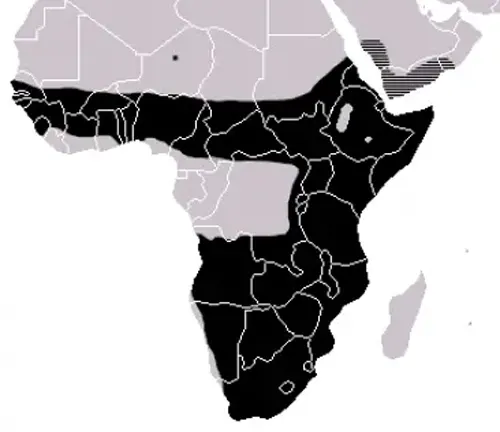
Behaviour
Renowned for its aggressive nature, the Puff Adder earns its name through defensive behaviors like puffing up its body and hissing loudly when threatened. Exploring these behavioral intricacies unveils the survival strategies that make this snake a formidable force in its environment.
Art And Culture
Beyond its role in nature, the Puff Adder holds symbolic significance in various African cultures. Its representation in art, folklore, and traditions reflects the power and fear associated with this creature. Examining the cultural dimensions adds depth to our understanding of the human-animal relationship.
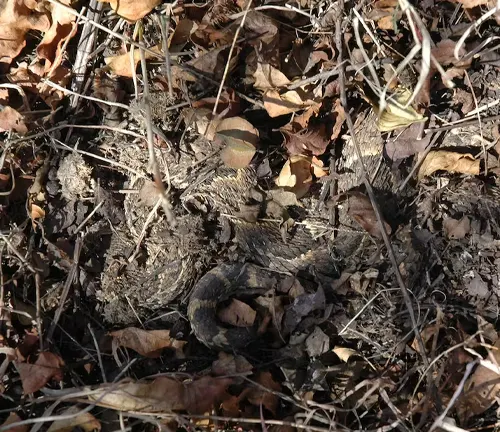
Survival
Survival in the wild is an ongoing challenge, and the Puff Adder has evolved with a suite of adaptations. From its camouflage abilities to its nocturnal hunting habits, understanding the strategies employed for survival provides a glimpse into the resilience of this species.
Conservation
The Puff Adder faces threats such as habitat loss and persecution, highlighting the importance of conservation efforts. Exploring initiatives aimed at protecting the Puff Adder and its habitat is vital for ensuring the continued existence of this essential species.
Common Food
The Puff Adder’s diet primarily consists of small mammals, including rodents and birds. Exploring its dietary habits offers valuable insights into its role as a predator and the impact it has on local ecosystems.
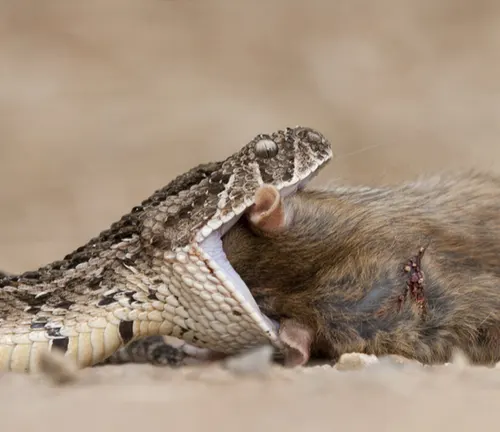
Benefits
Despite its venomous nature, the Puff Adder contributes positively to ecosystems by helping control rodent populations. Recognising these ecological benefits emphasises the importance of preserving biodiversity and the delicate balance of nature.
Different Species
Bitis arietans
(Puff Adder)
This is the most well-known species, widespread in sub-Saharan Africa. It is recognised for its broad, triangular head, distinctive patterns, and potent toxicity venom.
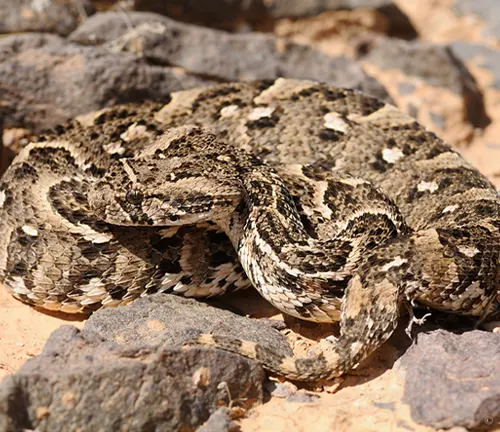
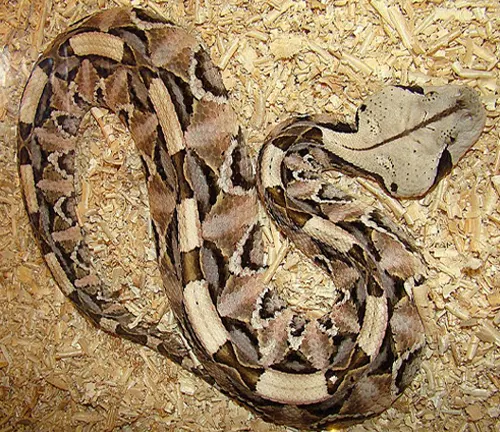
Bitis gabonica
(Gaboon Viper)
Although distinct from the Puff Adder, the Gaboon Viper is another species in the Bitis genus. It is one of the largest vipers and is known for its striking coloration and extremely long fangs. Found in the rain forests and savannas of central and West Africa, it has a more extensive range compared to the Puff Adder.
Bitis nasicornis
(Rhinoceros Viper)
This species is notable for the horn-like projections on its snout, which contribute to its name. The Rhinoceros Viper is found in rain forests and savannas in West and Central Africa.
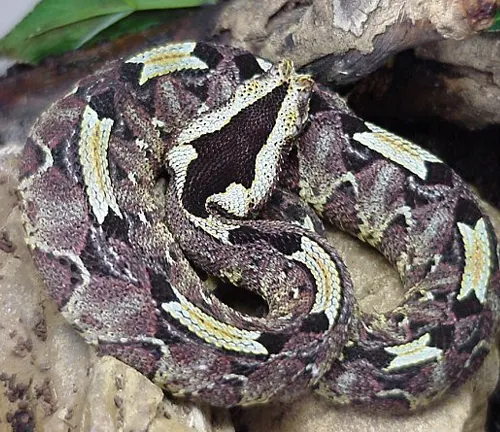
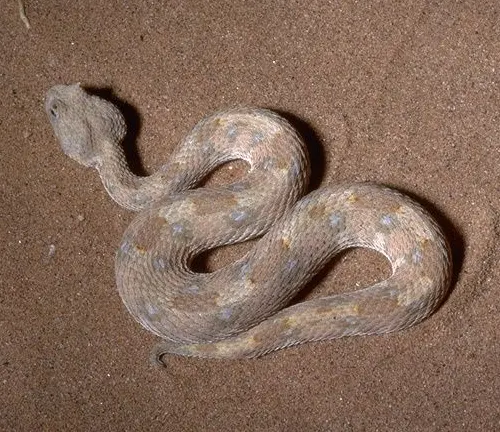
Bitis caudalis
(Horned Adder)
Found in southwestern Africa, the Horned Adder is a smaller species within the Bitis genus. It gets its name from the small, pointed horns or projections above its eyes.
Conclusion
In conclusion, the Puff Adder Snake emerges not just as a creature of venomous might but as a multifaceted being intricately woven into the fabric of its environment. From its botanical beauty to its ecological contributions, understanding and appreciating the Puff Adder enriches our comprehension of the intricate relationships within the natural world.
Frequently Asked Questions (FAQs)
1. What is a Puff Adder?
The Puff Adder (Bitis arietans) is a venomous snake found in sub-Saharan Africa. It is known for its distinctive appearance, aggressive behaviour, and potent toxicity venom.
2. How venomous is the Puff Adder?
The Puff Adder is considered one of the most venomous snakes in Africa. It possesses long, hinged fangs and delivers a cytotoxic venom that can cause significant tissue damage and necrosis.
3. What is the habitat of the Puff Adder?
Puff Adders are adaptable and can be found in various habitats, including savannas, grasslands, and wooded areas. They are well-camouflaged, allowing them to blend into their surroundings.
4. How big can Puff Adders grow?
Puff Adders can reach lengths of up to 1.2 to 1.8 meters (3.9 to 5.9 feet). They have a stout build and a distinctive, upturned snout.
5. What is the defensive behaviour of the Puff Adder?
When threatened, the Puff Adder inflates its body and hisses loudly, adopting an imposing appearance. This defensive behaviour is where the snake gets its name.
6. Are Puff Adders nocturnal?
Yes, Puff Adders are primarily nocturnal, meaning they are most active during the night. This behaviour aids in their ambush-style hunting.
7. How do Puff Adders hunt?
Puff Adders are ambush predators. They lie in wait for prey to pass by and strike with remarkable speed, injecting venom into their prey.
8. What is the cultural significance of the Puff Adder?
In various African cultures, the Puff Adder holds symbolic importance and is often featured in art, folklore, and traditions.
9. How can one stay safe from Puff Adder bites?
Avoiding encounters is the best strategy. Wear appropriate footwear and clothing when in snake-prone areas, and be cautious when stepping over rocks or logs.
10. Is the Puff Adder endangered?
The Puff Adder is not currently classified as endangered. However, habitat loss and human-animal conflict pose threats to their populations, emphasising the need for conservation efforts.
11. What is the lifespan of a Puff Adder?
The lifespan of a Puff Adder in the wild is estimated to be around 10 to 15 years. Factors such as predation, environmental conditions, and human activities can influence their lifespan.




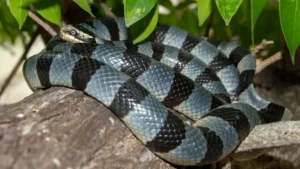

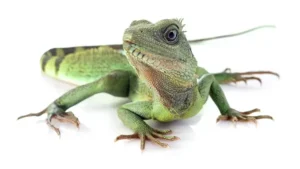

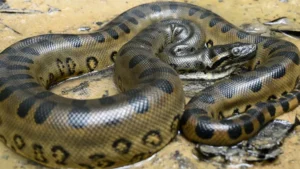
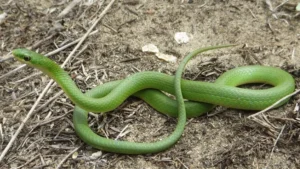

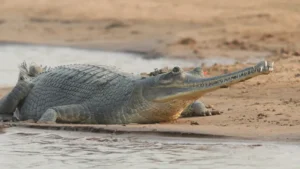

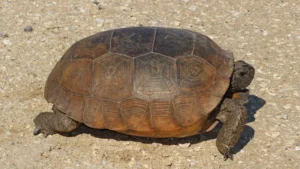
Leave your comment